You’ve written your first book and can’t wait to make it available to the world. Which self-publishing platform can provide the services and features that fit your needs? There are several excellent options, each with some overlap. Compare their pros and cons to determine which is right for you.
1. IngramSpark Publishing
IngramSpark offers hardcover, paperback, and e-book publishing. With its global distribution channels, you can get your book in online stores, libraries, and wholesalers worldwide.
Pricing and Royalties
Each sale gets you 85% of the net revenue, regardless of which retailer makes the sale — a much higher figure than many other self-publishing platforms. You can use the website’s handy calculator if you want an exact number.
Pros of IngramSpark
IngramSpark is one of several self-publishing platforms on this list offering on-demand publishing. This means your book will never run out of stock because it is printed whenever an order is placed. Even better, you don’t have to worry about storing any copies.
This website has various promotional tools to help you get your work into the world.
Do you want to reach an even wider audience? With the Global Connect Program, you can. It gives you access to local distribution channels and region-specific perks. Market participation is title-specific.
Cons of IngramSpark
IngramSpark does not walk you through the finer details of self-publishing, such as design and cover creation. Before publishing anything here, you must be relatively self-sufficient and come prepared.
Another significant disadvantage of IngramSpark is its scope. You must sacrifice granularity for expansive distribution. Some authors recommend a combination of KDP and IngramSpark because it provides more control.
2. BookBaby
BookBaby is a full-service printing and publishing platform. It lets you publish works in print, audio, or digital.
Pricing and Royalties
Because of direct-to-reader sales, BookBaby authors earn some of the highest royalties in the industry. They get 85% for e-books, 75% for audiobooks, and 50% for print. The company’s global distribution services can help them maximize their earnings.
Pros of BookBaby
BookBaby offers on-demand printing and global distribution — two factors that can help first-time authors reach a wider audience while minimizing expenses.
Unlike other self-publishing platforms, BookBaby offers professional editing, book design, and translation services.
Authors can translate their work into over 50 languages after they finalize and edit it, opening up new markets.
Translation services offer a huge advantage. After all, around 76% of consumers say they’re more likely to make a purchase if the product information is available in their language. This company is one of the few offering it.
Cons of BookBaby
Although BookBaby offers some of the highest royalties in the industry, doing business with it is expensive — especially if it renders design, editing, or translation services.
Moreover, while the final product is often worth the investment, outsourcing critical projects to various teams of professionals can cause a lot of back and forth, creating bottlenecks.
3. Kindle Direct Publishing
Kindle Direct Publishing (KDP) is Amazon’s self-publishing platform for print and digital works.
Pricing and Royalties
Unlike other partners, KDP offers two royalty options. The first is 35% of the list price without the value-added tax for each unit sold. Alternatively, you can use the 70% royalty option if you are licensed to sell your work in an eligible country or territory.
Pros of KDP
The KDP Select program lets you earn a share of a global fund based on how many pages consumers read when accessing a novel through Kindle Unlimited for the first time. This could increase your monthly earnings.
Cons of KDP
While KDP Select starts as a free, no-strings-attached program, it loses its luster after the 90-day enrollment period. If you remain enrolled, your digital book must remain exclusive to Amazon. You cannot publish it anywhere else — even on your blog or website. There is another catch — for some, enrolling in KDP Select is the only way to earn the 70% royalty rate.
4. PublishDrive
PublishDrive is an aggregator and self-publishing portal for print, audiobooks, and digital. You can get your books on notable platforms like Amazon, Google Play Books, Apple Books, Scribd, and Barnes & Noble.
Pricing and Royalties
Unlike other self-publishing platforms, PublishDrive does not take royalties. Instead, it charges a flat monthly subscription price. You can switch plans at any time. Better yet, you set your prices — and take home 100% of what you earn for each sale.
Pros of PublishDrive
PublishDrive offers the most robust distribution options. It is one of the few companies that lets you produce one e-book for free. Consider it a proof copy — not many companies offer this feature at no cost to you.
You can use this platform’s promotional services, metric-tracking dashboard or conversion tools to track your work’s performance with precision.
Do you have a print novel you want turned into an e-book or audiobook? PublishDrive has an on-demand converter and narration features.
Cons of PublishDrive
The worst thing about PublishDrive is its subscription model. If you ever stop paying, most of its features will become unavailable, and it will withdraw your books from all of its distributors.
While the monthly payments are a great workaround to typical fees, they are expensive. If you have a slow month, you may lose money instead of making it. This feature is in stark contrast to standard royalties, where you earn a percentage for each unit sold.
5. Barnes & Noble Press
You can self-publish in print or digital with Barnes & Noble Press (B&N Press). It will sell copies on the company’s official websites and apps.
Pricing and Royalties
In 2021, B&N Press changed its royalty rate. You now earn 70% of the list price for each digital copy sold, up from a range of 40%-65%. Print books get 55% of the list price minus the cost of printing. Best of all, you can set your prices.
Pros of B&N Press
Although using B&N Press means your work will be sold on the company’s website, the Barnes & Noble app and NOOK devices, this platform is nonexclusive. In other words, feel free to put your books on Amazon or IngramSpark.
Another benefit of using B&N Press is that you gain access to free templates for covers and interiors, helping you make your novel look more professional.
Cons of B&N Press
The biggest con of B&N Press is its limited reach. While it is nonexclusive, you would have to manage multiple accounts and dashboards to self-publish elsewhere. Since your work only appears in-app and on the website — there is no in-store option — your potential audience may be relatively small.
The other major drawback involves pricing. Although this platform allows you to control an e-book’s price, it cannot be priced lower on any other website at any time. This stipulation can make logistics challenging — especially if a sale happens.
How Do You Choose the Right Self-Publishing Platform?
IngramSpark, BookBaby, KDP, PublishDrive, and B&N Press are all great options. The choice comes down to what services and price model you want. If you are torn between multiple options, consider testing out the cheapest plans to see which you like in practice.
Get an Editorial Review | Get Amazon Sales & Reviews | Get Edited | Get Beta Readers | Enter the SPR Book Awards | Other Marketing Services


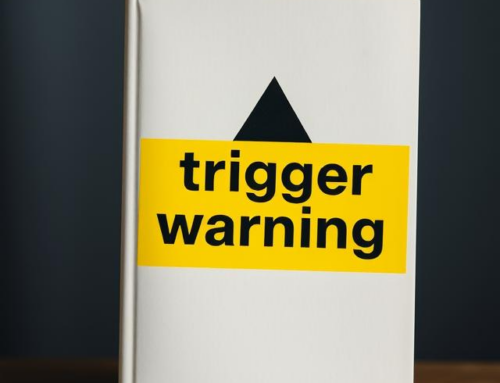

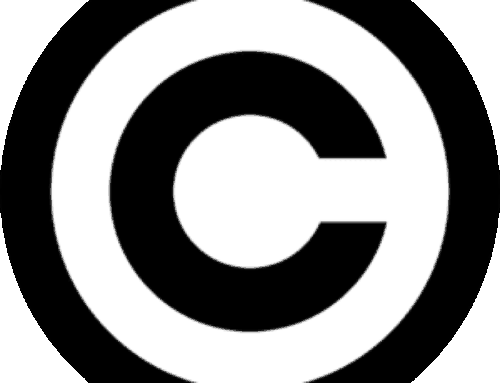
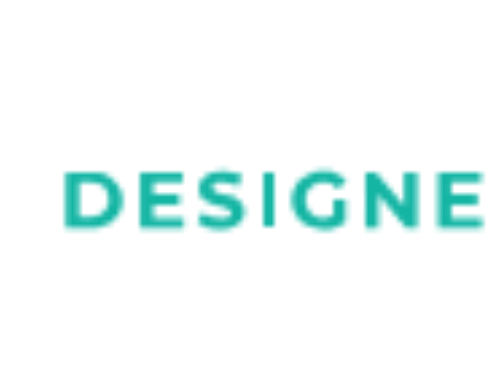


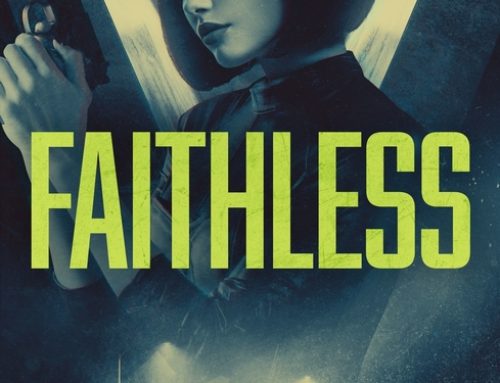





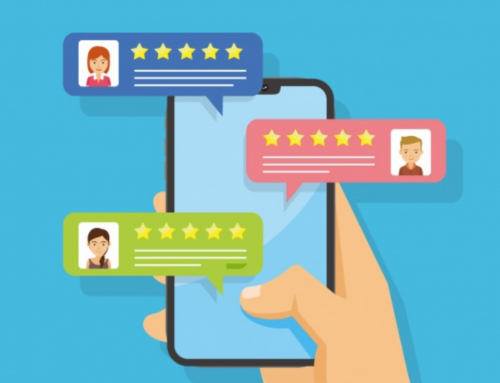
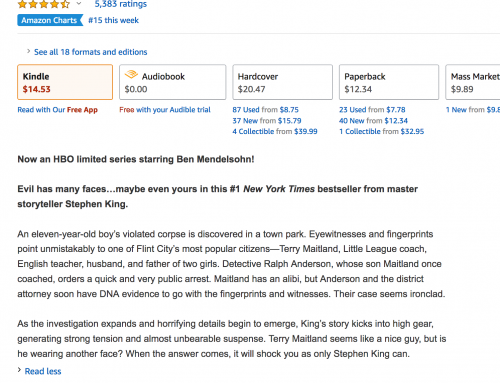
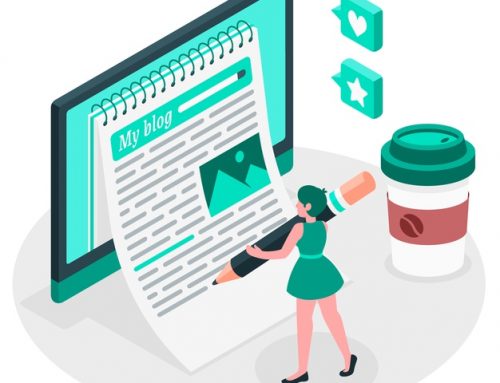

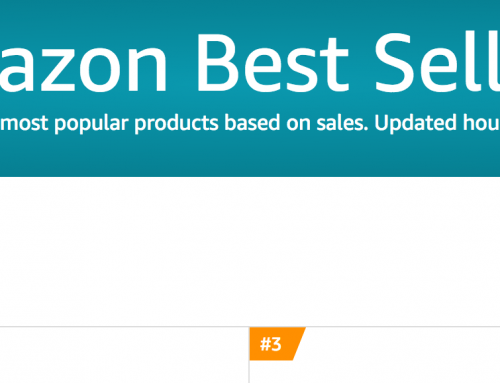



Draft2Digital isn’t an option?
Thanks.
Hi @Tony,
Great question! I’ve found more of a mix of reviews for Draft2Digital — here are some of the most commonly mentioned pros and cons I’ve seen in my research:
Pros:
– Typically good live customer service with quick complaint resolution
– Wide distribution, reaching a large number of platforms
– Overall easy to use
– Great with ebook formatting
Cons:
– The user interface and reporting features aren’t the most intuitive to use for some users
– Blocks certain types of 18+ content, so the platform may not be the best option for all genres
– Has terminated some users’ accounts without warning
– I’ve recently read a few reviews from writers saying they weren’t paid despite making sales using the platform, or that it’s difficult to know what you’ll be earning
Overall it seems like it’s a platform that people either love or hate without much in-between. It could certainly be worth trying and then moving to one of the other options if it doesn’t work out!